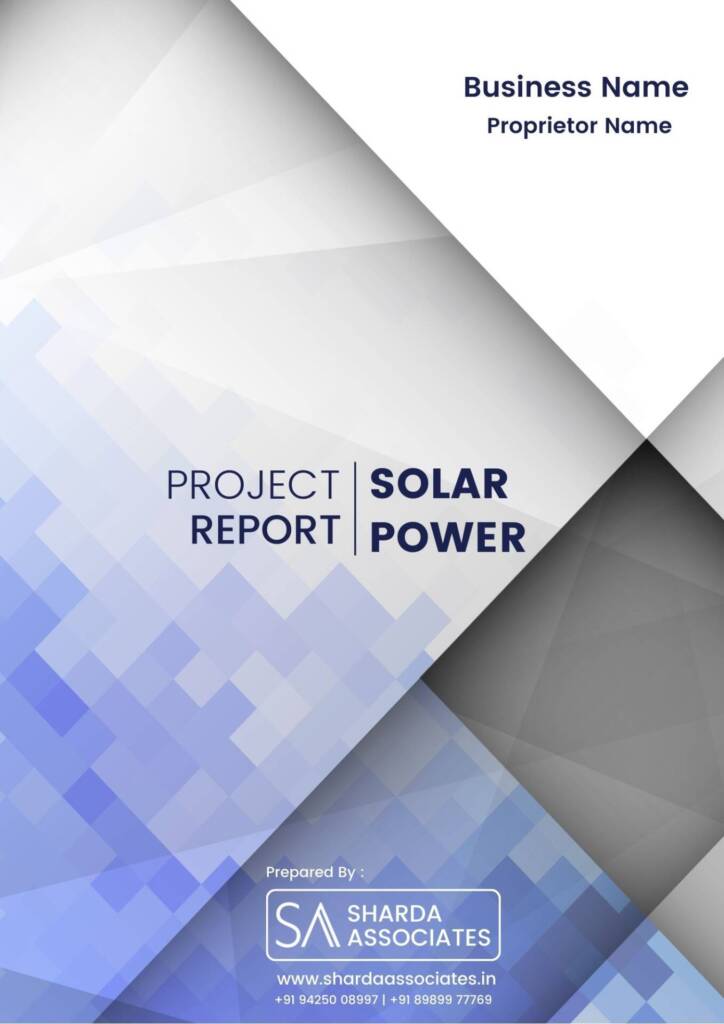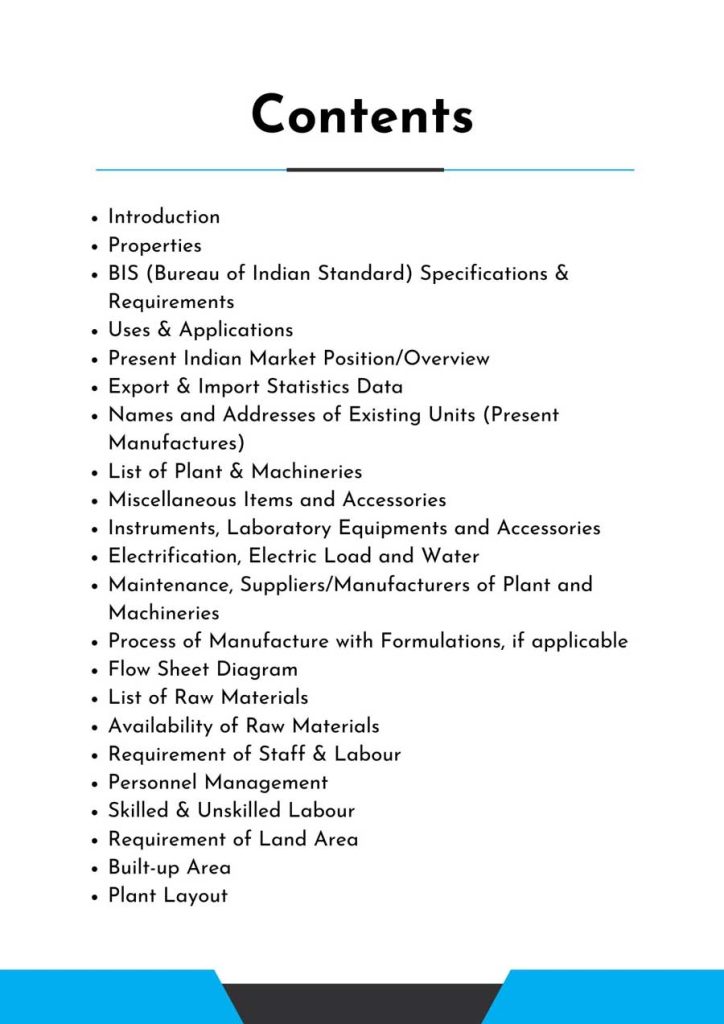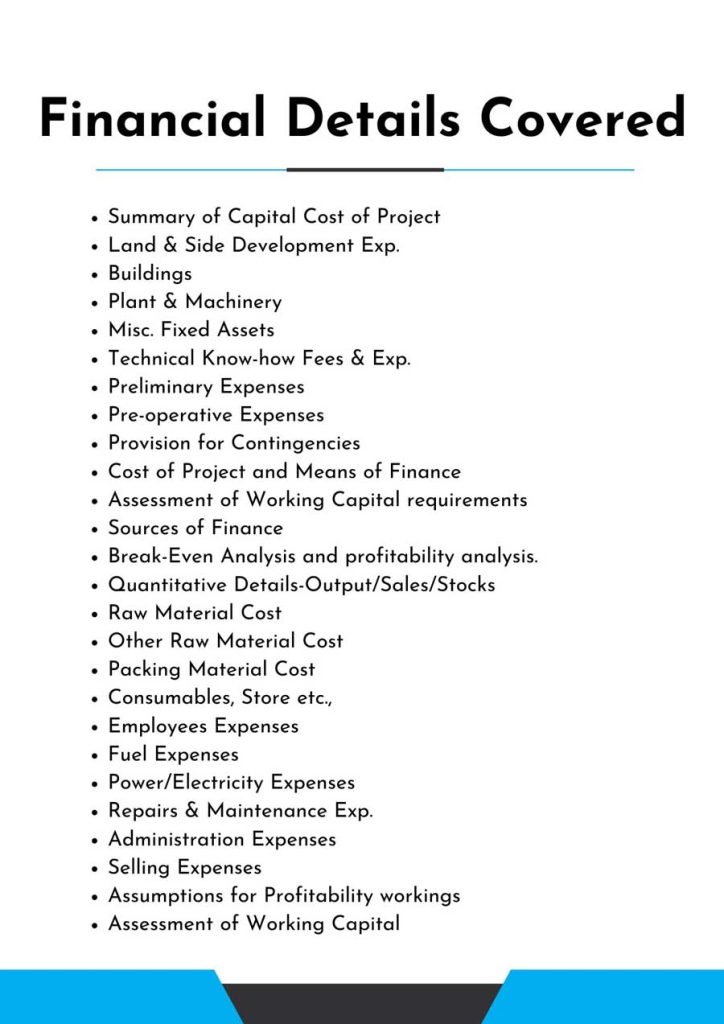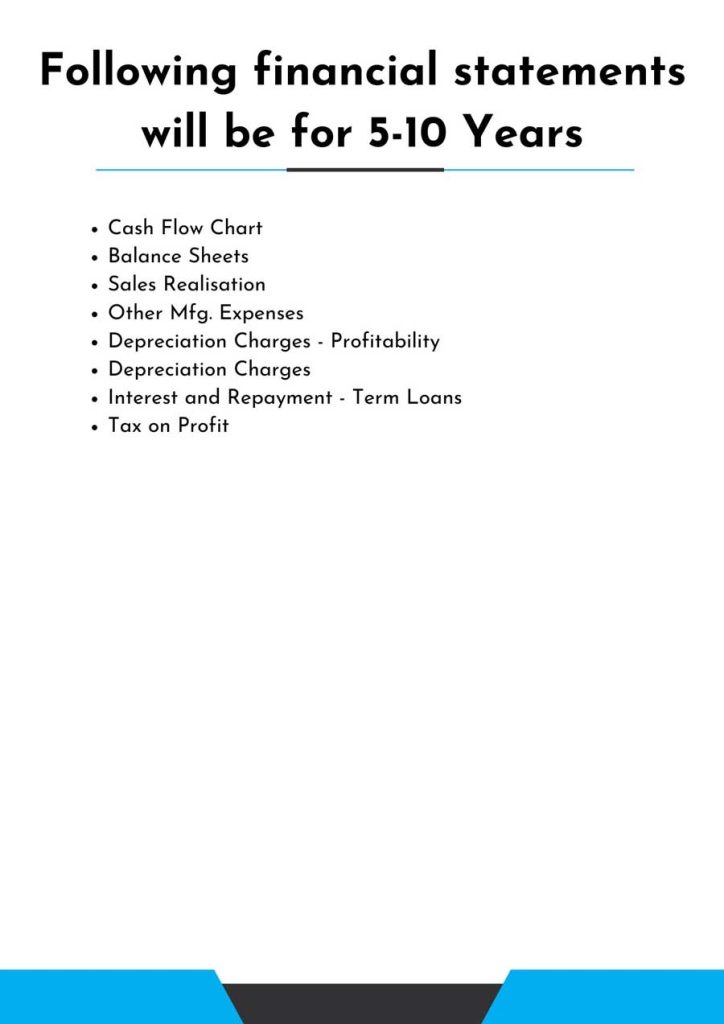Feasibility Report On Solar Power
The Sun has been a primordial source for life on Earth. With the onset of the industrial age. sunlight was introduced as an energy source as well.

What is Solar Power?
Feasibility Report on Solar Power.
The amount of sunlight that hits the surface of our planet in a period of 90 minutes is sufficient to satisfy global energy requirements for almost a year. Photovoltaic (PV) panels or indirectly concentrated solar power or a combination of both is used to store and concentrate the solar energy and transform the sunlight into electrical energy which can be used for electricity generation or thermal storage. Such conversion of sunlight into electricity is called solar power.
The concentrated solar power system uses mirrors and a solar tracking system for focusing a huge area of sunlight into a small beam whereas the photovoltaic panels convert the sunlight into an electric current using the photovoltaic effect.
A solar power plant or a Photovoltaic power station is a collection of large-scale photovoltaic systems that are used for the supply of merchant power into the electricity grid. Unlike other decentralized solar power applications generally used for local supply, solar power plants ensure the generation and supply of electricity at the utility level. It is one of the fast-developing industries in India contributing to the sector of renewable energy.
The country’s solar installed capacity was 40.09 GW as of 31 March 2021. Commercially concentrated solar power plants came into existence in the 1980s but with the fall in the price of solar electricity, the solar PV systems have increased drastically with the imminent development of PV plants of gigawatt scale.
The Government of India managed to achieve the target of 20 GW earlier than it was targeted for. India has also made available 42 parks for the development of such power plants. The Ministry of New and Renewable Energy reported that an additional 36.03 GW of solar projects are under their developing stages and 23.87 GW are in the tendering process.
Solar PVs are gaining a positive reputation as an inexpensive and low carbon alternative for electricity generation and a renewable energy source from the Sun. Currently, the largest photovoltaic power station in the world is the Bhadla Solar Park in Rajasthan with a generation capacity of 2245 MW. The Kutch solar and wind power park with an expected generation capacity of 30,000 MW or 30 GW, is also in its developing stages.
Feasibility Report Sample On Solar Power



Market Strategy Of Solar Power
Solar power’s market share in India is projected to increase by USD 240.42 billion between 2021 and 2026 at a CAGR of 35.24%.
Due to its size and tremendous potential for growth and development, India’s energy demand is anticipated to rise more than that of any other nation in the next decades. This rising energy demand must thus be met primarily by renewable, low-carbon sources. India’s announcement that it plans to achieve net zero carbon emissions by 2070 and meet 50% of its electricity needs from renewable sources by 2030 marks a watershed moment in the global fight against climate change.
The Ministry of New and Renewable Energy has aimed to set up renewable energy capacities to 227 GW by 2022. This sector is also expected to attract investment worth over $80 billion within the next 4 years. It is also forecasted that 49% of national electricity will be generated through solar power plants and other renewable energy sources. The use of renewable energy sources will save India an estimated figure of about $8 billion annually.
Government-aided schemes and projects along with the recent necessity to switch to renewable energy sources due to climate change have made the solar power plant industry capable and reliable, but with few amendments and improvements, this sector can develop and progress further.



